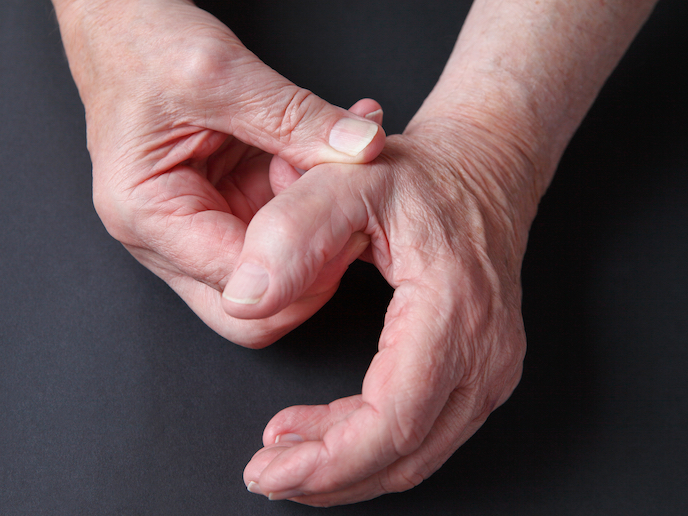Understanding bone adaptation in heavy animals
An elephant’s legs put up with a lot of stress. These outsized herbivores can weigh up to six tonnes, with their bones needing to sustain this weight. Like other large vertebrates, they have evolved morpho-functional adaptations to cope with their heavy weight, a phenomenon described as graviportal. “Surprisingly, despite their supposed importance, the adaptive changes associated with graviportality are very little studied,” explains Alexandra Houssaye, French National Centre for Scientific Research(opens in new window) (CNRS) research director at the National Museum of Natural History(opens in new window) in Paris and GRAVIBONE project coordinator. In the GRAVIBONE(opens in new window) project, which was funded by the European Research Council(opens in new window), researchers studied the changes in bones’ internal and external structures associated with heavy weight, to find out how they co-evolve. “We analysed the limb bones of the heaviest modern terrestrial vertebrates – elephants, rhinoceroses and hippopotamuses – and of comparatively less massive mammals, such as bovids and tapirs,” says Houssaye. “We also analysed various dinosaurs.”
Studying big beasts of the past
Though only a few large, heavy species still exist today, the fossil record is filled with very diverse examples from the past. The team used 3D geometric morphometrics to analyse the external shape of numerous bones in detail after having reconstructed the 3D models in the laboratory. “These 3D models are made available to the scientific community on online repositories,” adds Houssaye. They also used microcomputed tomography to analyse the internal structure of the bones, at the natural history museums in London(opens in new window) and Paris. Then they made 3D analyses of the internal structure of the whole bones, by developing an innovative approach designed in the laboratory. Using biomechanical analyses of muscle data, the team built a biomechanical model for rhinoceroses’ limbs and analysed structural features in regard to mechanical constraints in order to characterise the form-function relationships clearly and in detail.
Thickened cortex and strong columns
The team detailed the outer and inner adaptations in the long bones of limbs of modern and fossil running giants such as rhinoceroses. They showed that forelimb bones, especially the radius, are more influenced in these species. The Malayan tapir, which can exceed 300 kg, shows a marked thickening of the compact cortex inside its long bones, much greater than in the banteng and bison, which weigh twice as much, and also than in rhinoceroses. “This suggests that the internal structure of the bones in this species must specialise to compensate for the limited morphological changes and support the relatively heavy weight of this tapir species,” explains Houssaye. As for the heaviest forms – elephants and, to a greater extent, sauropod dinosaurs (such as Diplodocus or Brachiosaurus) – they have less massive long bones and surprisingly display a fairly limited thickening of the cortex. This suggests that the columnar arrangement of their limbs reduces the need to reinforce the external and internal structures of the bones.
Bioinspiring new column designs
Beyond illuminating the form, motion and posture of extinct taxa such as dinosaurs, the results provide a better understanding of bone adaptation in general. “This could lead to improved characterisation of adaptive traits and locomotion in modern fauna, but also to a better use of these form-function relationships in medicine,” she notes. The team also developed bioinspiration and paleobioinspiration projects, borrowing ideas from the bones of heavy animals to build more resistant columns with less material.







